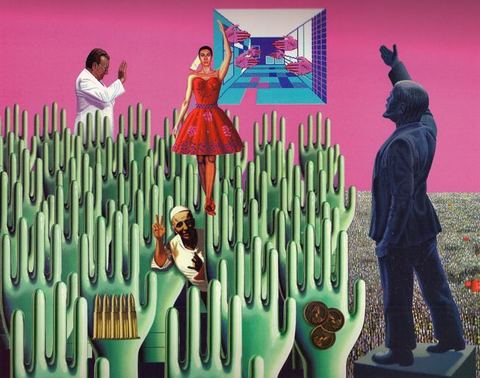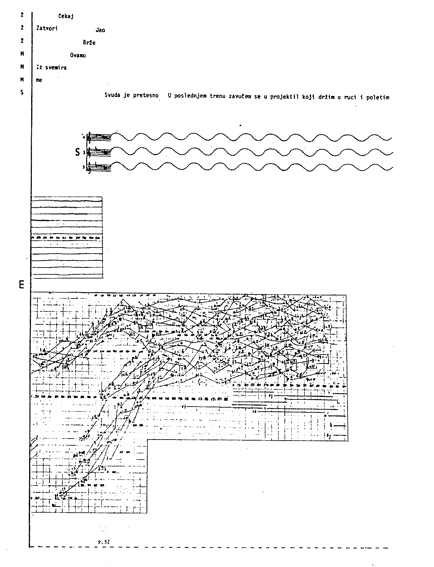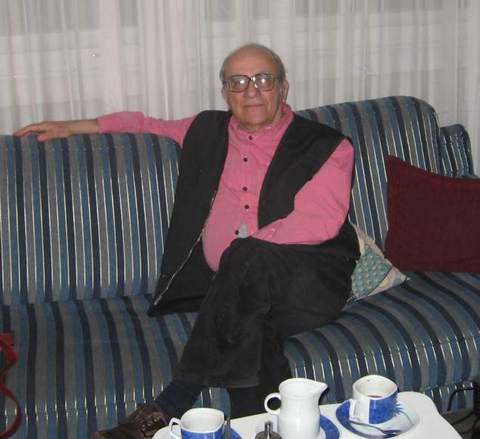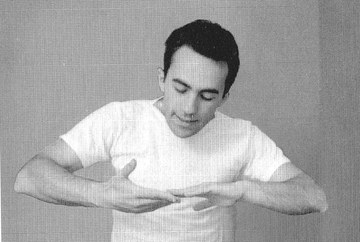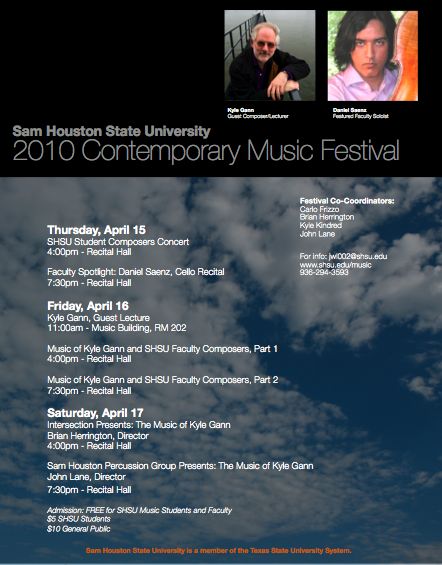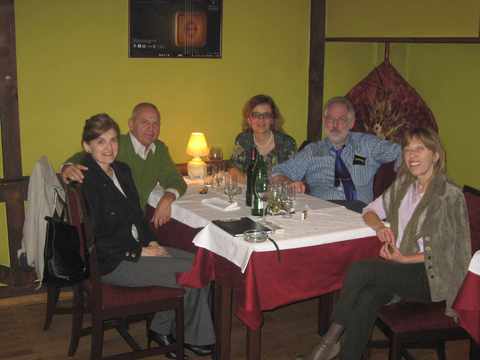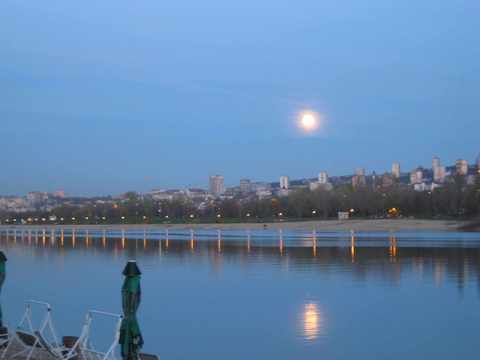Wow - Jay Batzner over at Sequenza 21 gave The Planets as insightful and complimentary a review (or are those the same thing?) as I ever expect to get. I especially appreciate: “I never feel as if I am receiving some grand and verbose lecture on How to Write Post-Minimal Music, even though this disc is a treasure trove of relationships and techniques.”
Music in the Prison’s Shadow
I still have a couple of full days this week, but the bulk of my school work came to an abrupt halt last night, giving me today my first chance to breathe in weeks. Except for their orchestral performances this Friday, my seniors are pretty much packed off into the world to start figuring out, come Sunday, what they’re going to do with their lives.Â
Snake Dance No. 3Â (11:29)
Composure  (13:43)
The Disappearance of All Holy Things (11:38)
I Slept and Dreamed that Life Was Beauty (1:45)
In the Busy Streets (0:43)
There Will Always Be English Book Reviewers, Unfortunately
[UPDATED BELOW, + FINAL UPDATE] Literarily, if not always musically, I am something of an Anglophile, a frank worshipper of that scepter’d isle, that earth of majesty and seat of Mars, the land of Shakespeare, Milton, Pope, Dickens, and Trollope. But I have now had three book reviews from English critics, and they have been appalling in their incompetence.
Go Figure
Thirteen Sixteen kids have signed up for my 12-tone Analysis seminar, and only 6 7 for my Beethoven class.
Dinner with a Genius
Discussing Silence on the Radio
Colin Marshall of Marketplace of Ideas very kindly did a phone interview with me about my book on 4’33”. You can hear the podcast here.
Ending Up at Huntsville at Last
This week, April 15-17, I am the featured composer at the annual new-music festival at Sam Houston State University in Huntsville, Texas. There appear to be six concerts, with my music on four of them, mixed with works by student composers there; click on the link to see the official site. I give a talk Friday morning at 11. I love looking at the list of composers from previous festivals: Peter Mennin in ’62, my one-time teacher Kent Kennan in ’63, Persichetti in ’64, Sandor Varess in ’65, Paul Creston in ’71, Ben Johnston in ’72, Elie Siegmeister in ’91, and several I haven’t heard of. But they brought John Luther Adams in ’07 and Peter Garland last year, and given that progression I do look like a logical next choice. Plus the festival’s directed by Brian Herrington and John Lane, the latter of whom runs their percussion ensemble, and I’ve got several percussion pieces, so I fit in. Also, a lot of their composers are Texas-related, and I’m originally from Texas – though I haven’t had a performance in that state since 1976.Â
Spring 2010 Concert and Event Schedule (April 15th-17th,
2010)
Admission: FREE for SHSU Music
Majors and Music Faculty, $5 SHSU Students, $10 General Public
Thursday, April
15th
Sam Houston State
Student Composers Concert
Recital Hall;
4:00pm
Artist Faculty
Spotlight: Daniel Saenz, Cello Recital
Recital Hall;
7:30pm
Friday, April
16th
Kyle Gann, Guest
Lecture
11:00am; Music
Building RM 202 (subject to change)
The Chamber Music
of Kyle Gann and Sam Houston State Composers (Concert 1)
Recital Hall;
4:00pm
The Chamber Music
of Kyle Gann and Sam Houston State Composers (Concert 2)
Recital Hall;
7:30pm
Saturday, April
17th
Intersection and
the Sam Houston Percussion Group: The Music of Kyle Gann (Concert 1)
Directed by Brian
Herrington and John Lane
Recital Hall;
4:30pm
Intersection and
the Sam Houston Percussion Group: The Music of Kyle Gann (Concert 2)
Directed by Brian
Herrington and John Lane
Recital Hall;
7:30pm – Pre-Concert Talk; 8:00pm – Concert
Â
Redeeming Juvenilia
[Back from Serbia after a 24-hour door-to-door trip in which my plane made an unscheduled stop in Canada because a woman passenger had a seizure and needed medical attention. It was a classic “Is there a doctor on the plane?” situation out of a movie I don’t want to see again.]
Every 29 Years, Saturn
BELGRADE – Saturn is sextiling my Sun and ascendant from my tenth house, if you know what that means. What it means is, I’m kind of difficult to escape at the moment. The always impressive Frank Oteri has a wonderful interview up with me today on New Music Box, in honor of my new book and two recent CDs. I always knew Frank was sort of ridiculously brilliant, but I didn’t realize how brilliant until he started digging into my music and making me see it from a different angle than I’d ever seen it before. In addition there’s another interview with me by John Ruscher on BOMB magazine about my Cage book. There’s also a nice review of my Cage book by Robert Birnbaum at The Morning News. I’m all over the internet today. This, too, shall pass.
Vuk Kulenovic: Virginal (he lives in Boston now; some of the best Serbian composers escaped during the ’90s)
Anyone in Serbia?
I don’t know who might be reading this blog in Belgrade, but in case anyone is, I’ll be speaking about my music (and its relation to American precedents) tonight from 6 to 8 at the University for the Arts in Belgrade.Â

